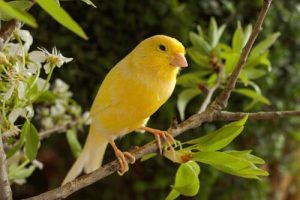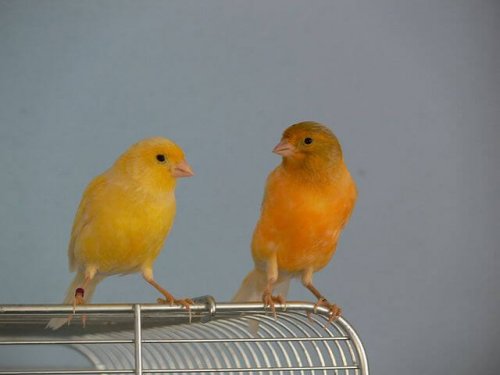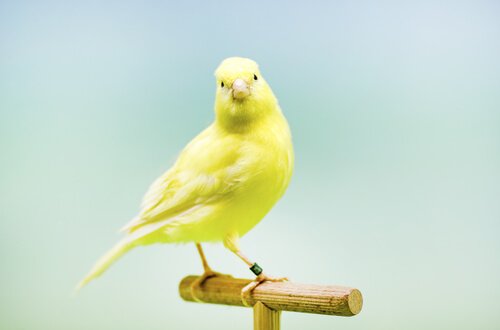Canary Breeding


Written and verified by the lawyer Francisco María García
Mating and hatching canaries should always be done in the interest of the mates. If your canaries are in their reproductive phases, we have some tips to help guide you through.
Canary breeding: a worldwide passion
The term “canary” is a generic term for different breeds of the Serinus canaria. These birds mainly feed on grains.
They generally have small, long bodies and bright, colorful feathers. Their eyes are small and round, and they have a tiny, cone-shaped beak.
Canary breeding has become a worldwide passion for a lot of people, with experts in every corner of the globe. It first became popular in European and American countries because of how easy they are to handle, the little space they require and how inexpensive they are.
Canary mating and hatching
When it comes to mating and hatching canaries, you first need to pick the most compatible mates.

Their reproductive cycles are seasonal. In the wild, canaries mate when the days are longer and there’s more sunlight, which takes place during the beginning of spring to the end of summer.
In captivity, it’s best to choose mates at the very end of winter. You do this by analyzing their behavior, weight, age, and health.
Females become sexually mature at six months old, and males at 9 months. They’re fertile at these ages, but it’s usually better to wait until they’re at least 1 year old.
Canaries need to be well-fed and healthy to reproduce safely. They should be happy, especially when spring is just around the corner. Keep in mind that they usually shed their feathers three months before their reproductive cycle.
The best time for canaries to reproduce
In Spain, canary breeding experts traditionally bring their mates together on Saint Joseph’s Day (March 19th).

You need to create a good environment and artificially get them into heat when you’re breeding them in captivity. This might create additional days for them to mate. Their reproduction and health will always depend on the conditions you give them.
How to tell when males and females are in heat
You have to hold on to them, blow on their tail feathers and analyze their cloaca. Males in heat will have a bulge coming out of it, while the females’ will be widened and flatten.
Canary mating: getting them to court each other
Once you know they’re in heat, you can get them to court each other early in the morning.
They usually mate during the first three days of being in heat. When they don’t, you can “trick” them into mating by turning on a light at night to create more mating opportunities. Use dim lighting to make it seem like dawn.
Laying eggs and building a nest
Once the canaries successfully mate, the female will start building a nest to lay her eggs in. It’s a good idea to buy a high quality, artificial nest for the chicks. You should also give her sterilized goat hair, which she’ll use to make a bed for her chicks.
Next, the female will get ready to lay her eggs, which is usually takes place after dawn. A healthy canary lays one egg per day, and lays a total of 4-6 eggs.
Hatching canaries
Once she has laid an egg, it’s usually best to help her lay the rest of them. Take each egg out of the nest at the end of the day and replace it with a small stone. Then put it into a small box lined with clean cotton. Once she has finished her laid the last one, you can put the eggs back into the nest.
You can tell which eggs have an embryo by holding them up to a light and seeing a dark, reddish ball in the middle. Sometimes you can even see the formation of reddish lines that indicate the growth of veins.
Another interesting fact about out canary eggs is that they all hatch simultaneously. Therefore, all chicks will be able to get the same amount of food.
This text is provided for informational purposes only and does not replace consultation with a professional. If in doubt, consult your specialist.